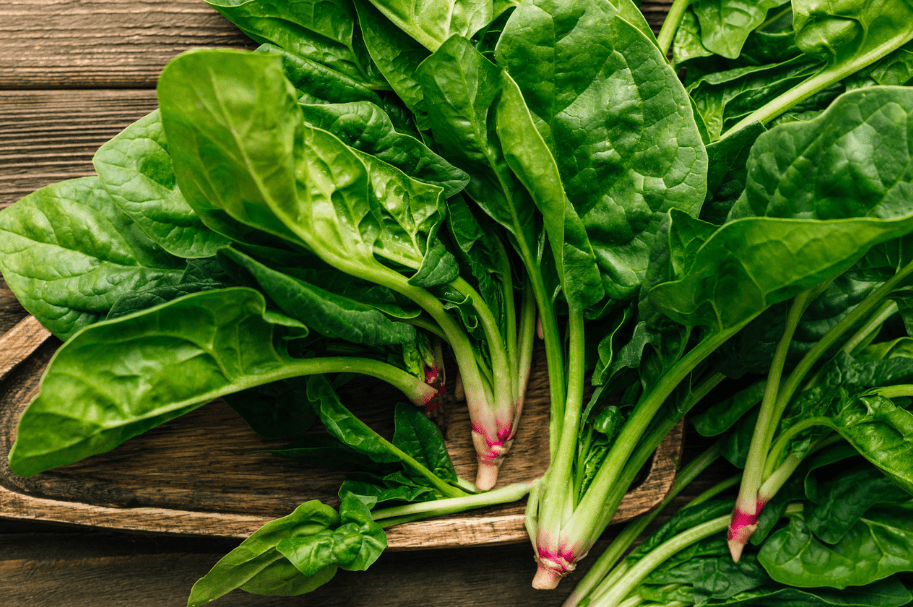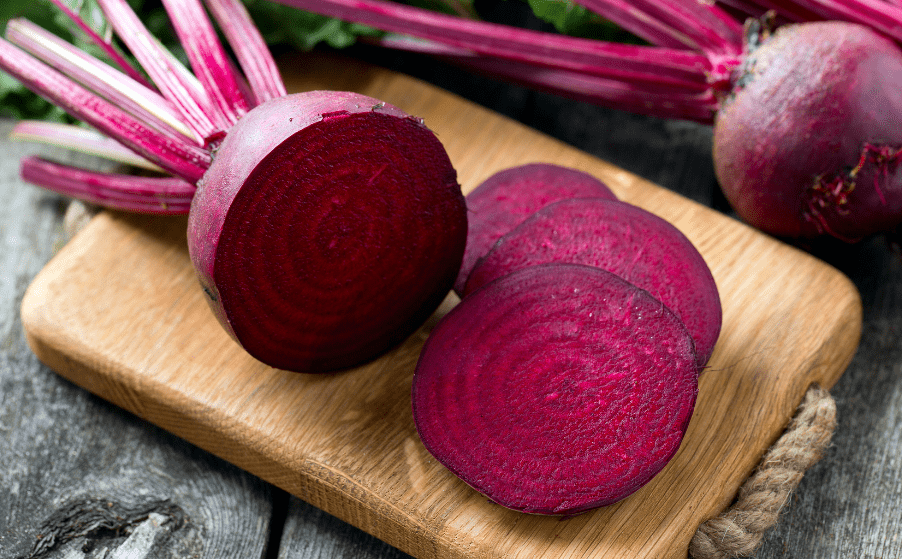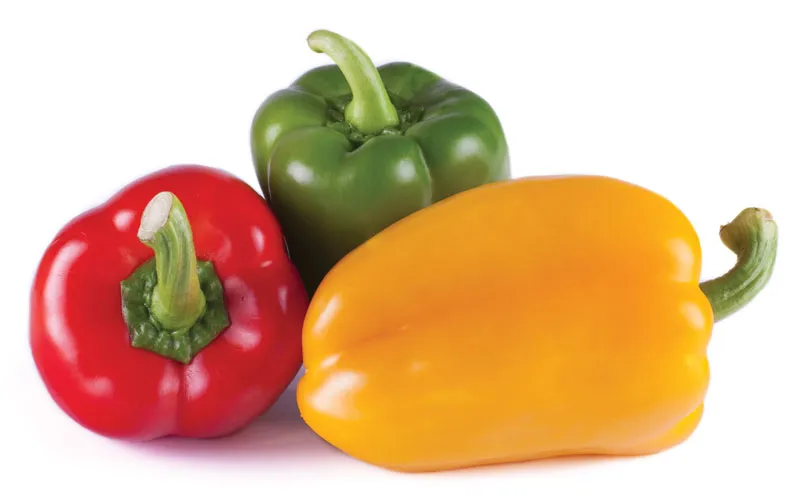
Description
A seed stalk develops from edible leaves rosette. Simple leaves often have an triangular or oval shape and can be puckered or flat. The hardly perceptible blooms produce tiny dry fruits. To ensure rapid growth and a large amount of leaf area, spinach needs cool weather and deep, rich soil that has been limed.
Varieties
‘Melody’, ‘Olympia’, ‘Nordic IV’, ‘Tyee’, and ‘Wolter’ are examples of cultivars that are disease-resistant.
‘Avon’, ‘Indian Summer’, ‘Razzle Dazzle’, ‘Melody’, and ‘Tyee’ are all suitable kinds for planting in the autumn.
‘Cold Resistant Savoy’, ‘Bloomsdale Long Standing’, and ‘Tyee’ are examples of plants that overwinter well.
‘Baby’s Leaf Hybrid’ and ‘Melody’ are suggested container varieties.

Uses
Spinach is widely cultivated in US and England where it is sold fresh, tinned, and frozen. Both a cooked vegetable and as a salad green are presented with spinach.
Nutrition
91% of fresh spinach is water, 4% are carbohydrates, 3 percent are protein, and very little fat. Spinach has a significant nutritional value and only 23 calories per 100 g (3.5 oz) portion, especially when it is steamed, fresh, boiled, or frozen. It contains a significant amount of magnesium, manganese, iron, vitamin C, folate, vitamin K and vitamin A.
Cultivation
The leafy green blooming plant known as spinach (Spinacia oleracea) is a native of Central and Western Asia. A chilly climate is what spinach prefers. The ideal range for seed germination is between 7 and 24 C, with a minimum temperature requirement of 2 C and a maximum germination temperature of 30 C. Young plants can survive in conditions as low as -9 C. Temperatures between 10 and 32 C with a minimum of 15 to 20 C are ideal for crop growth.
Table





